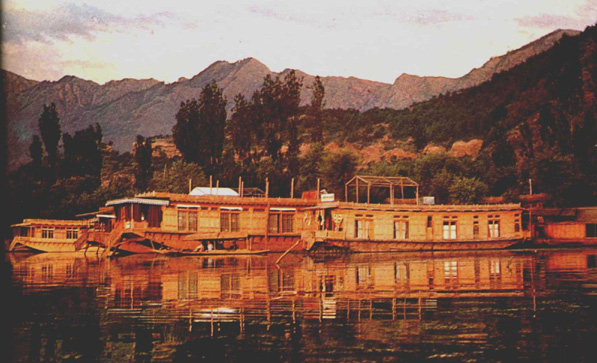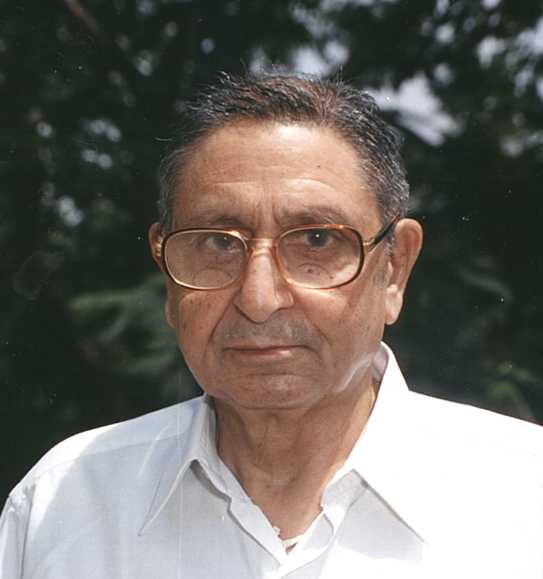|

|

|
|
Kashmiri Pandits' Association, Mumbai, India |

|
| | Home | October-December 2002 Issue | |

|
From
the Pages of History
Fanaticism Not Hereditary ... J.N.Kachroo
Sultan Sikander (1389-1413) was the most infamous of the Sultans. He was the most intolerant, biggoted and a religious fanatic. Because of his policy of religious persecution, there was a large scale migration of Hindus, besides conversion. He earned the nickname of Butshikan, the iconoclast, for resorting to the destruction of temples and images (idols) of Hindu gods. Ironically, both his father Qutub-ud-Din (1373-1389) and his son, the illustrious Zain-ul-Abdin (1420-1470) were not only free from religious fanaticism but visibly liberal and just. Liberalism of Qutub-ud-Din:
Qutub-ud-Din allowed continuance of Hindu dress, manners, customs among the converts to Islam. His participation in and encouragement to the performance of Yagnyas, though for a humanistic objective only, shows his religious tolerance and a deep sense of humanism. The Sultan and his Muslim subjects used to visit a temple in Alau-ud-Din Pura every morning. Qutub-ud-Din had two wives who were sisters. This is not permissible under Muslim law. These non-orthodox practices did not appeal to Sayyid Ali Hamdani, who exhorted the King to divorce one of them and remarry the other according to the tenets of Islam. He advised him to change his dress. Inspite of the fact that the King held the saint in high esteem, he did not accept his advice. Zain-ul-Abdin's Justice
Instinctive Justice
There lived a Brahmin in Kamraj, the lake district. Once he lost a cow which he could not find for a long time, despite sustained efforts. He lost all hopes. After four years, one day he accidently found it with a resident of Maraj (dry district). The Brahmin claimed the cow but the other man would not agree. The Brahmin sought justice from various officials, but failed to establish his claim. Ultimately, he approached the King and petitioned for justice. The King did not dismiss the plea of the Brahmin. Zain-ul-Abdin summoned the alleged thief to his presence and asked him to answer the Brahmin's charge. The man denied the charge and said that the cow belonged to him and was with him ever since its birth. But the Brahmin insisted. In order to test the veracity of the accusation, the King threw some green waternuts before the cow and its calf. The cow ate all of them with relish while the calf after some snifs turned its head from them. This clearly proved that the cow while with the Brahmin was accustomed to eating waternuts, a product of the Wular Lake whereas the calf which had been brought up in Maraj district, was totally unaccustomed to this sort of food. The King gave his verdict after the thief had confessed his crime. The cow along with the calf was restored to the rightful owner and the thief was suitably punished. Uncommon Judgement
He ordered that the Saiyyid be seated on a donkey, facing the tail, his head shaved and long beard soaked in dirt, and paraded through the streets. It is claimed that the Saiyyid was never
seen in that kingdom thereafter. Any lessons for the present!!
|
|
|
JOIN US |
|
|

 Hindu
rule in Kashmir came to an end when Shah Mir captured the throne in 1339.
He assumed the name of Sultan Shamas-ud-Din and founded the Sultan Dynasty,
which ruled the Valley for 222 years.
Hindu
rule in Kashmir came to an end when Shah Mir captured the throne in 1339.
He assumed the name of Sultan Shamas-ud-Din and founded the Sultan Dynasty,
which ruled the Valley for 222 years.


